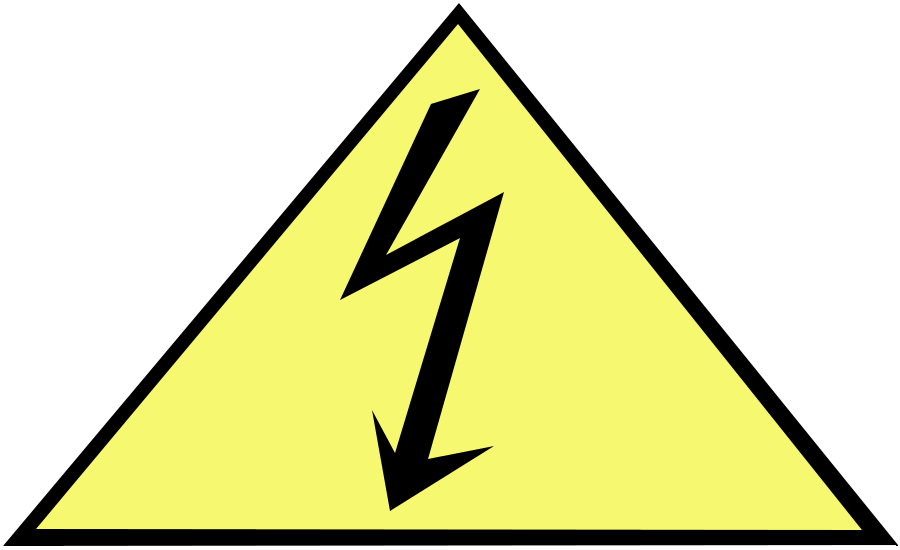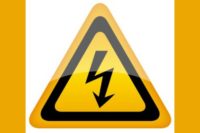The Electrical Safety Foundation International (ESFI) is urging people to minimize the risk of electrical fires and shocks by protecting their homes with arc fault circuit interrupters (AFCIs), ground fault circuit interrupters (GFCIs), and tamper resistant receptacles (TRRs).
AFCIs, TRRs and GFCIs can prevent tragedy before it ever occurs. These devices have proven so effective that the National Electrical Code® (NEC) requires them to be installed in all new homes and requirements for these devices continue to expand with each version of the NEC. Existing homes with aging electrical systems can also benefit from these advanced technologies, which should be installed by a qualified electrician.
Thousands of fires and burn injuries each year
According to the National Fire Protection Association, an estimated 4,700 home electrical fires occur in the United States each year and result in 418 deaths, more than 1,570 injuries and $1.4 billion in property damage. And fire is not the only danger. Thousands of children and adults are critically injured and electrocuted annually from accidents in their homes.
This year’s campaign features the launch of the second edition of its National Electrical Safety Month publication, Electrical Safety Illustrated. The magazine’s subject is That Old House, This New Update and informs readers about common hazards posed by America's aging housing stock while featuring a variety of safety and efficiency updates that can be made to all homes. A fact sheet, Outlets: The Ins and Outs highlights AFCI, GFCI, and TRR receptacles, while Fuse and Breaker Breakdown explains the technology behind AFCI and GFCI circuit breakers.
Incorporating these home safety devices into your existing electrical system can help reduce the risk of fires and electrocutions.
AFCIs
•An arc fault is a dangerous electrical problem caused by damaged, overheated or stressed electrical wiring or devices, and is one of the major causes of the more than 51,000 electrical fires that occur each year in the United States.
•Branch/feeder AFCIs, the most common type of AFCIs, replace standard circuit breakers in the home’s electrical service panel and provide a higher level of electrical fire protection by detecting hazardous arcing conditions and shutting down the electricity before a fire can start.
•Outlet AFCIs provide protection to power cords and things that are plugged into the receptacle.
•Combination AFCIs provide AFCI parallel protection for branch circuit wiring, cord sets and power-supply cords, downstream of the device.
•Originally, AFCIs were only required to protect bedroom circuits, but the 2011 NEC requires that this technology be installed in additional areas of the home, including dining and living rooms.
GFCIs
•A GFCI is a device designed to protect people from electric shock and electrocution by constantly monitoring electricity flow in a circuit and quickly switching off power if it senses any loss of current.
•GFCIs could prevent more than two-thirds of home electrocutions that occur each year.
•GFCIs can be installed at the main service panel, in place of standard electrical outlets, or can be used as a portable device.
•Typically, GFCIs are installed in areas where water and electricity are in close proximity, such as the bathroom, garage, kitchen and basement.
•While GFCIs should be installed by a licensed electrician, portable GFCIs require no tools to install.
TRRs
•Every year in the United States, more than 2,400 children under 10 years old are treated in hospital emergency rooms for electric shock or burns caused by tampering with a wall outlet, which could be prevented by installing TRRs in the home.
•TRRs look just like ordinary outlets, but are designed with spring-loaded receptacle cover plates that close off the receptacle openings or slots.
•When equal pressure is simultaneously applied to both sides, the receptacle cover plates open to allow the standard plug to make contact with the receptacle contact points.
•Without simultaneous pressure, the cover plates remain closed, preventing insertion of foreign objects and protecting children from electrical injuries.
•TRR technology can be combined with AFCI and GFCI receptacles.
More information on these safety devices and National Electrical Safety Month can be found on ESFI’s website.
The Electrical Safety Foundation International (ESFI) sponsors National Electrical Safety Month each May to increase public awareness of the electrical hazards around us at home, work, school, and play. ESFI is a 501(c)(3) non-profit organization dedicated exclusively to promoting electrical safety. For more information about ESFI and electrical safety, visit www.esfi.org.



